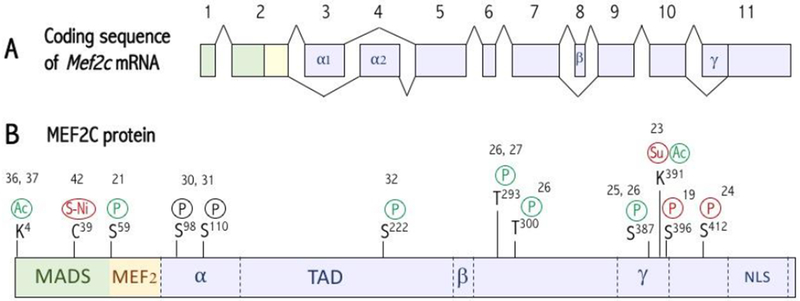Figure 2. Transcriptional variants and post-translational modifications of MEF2C.

(A) Mef2c mRNA splicing. Mef2 transcripts undergo tissue-specific alternative mRNA splicing at different sites [6, 18–20]. All transcripts will contain either the α1 or α2 (exon 3) domain, and ~50% of the transcripts will also contain the γ domain (located within exon 9). The mouse brain MEF2C protein possesses the α1 and β domains, while mouse muscle/heart tissues contain MEF2C variants that include α1 or α2, but they exclude β (Sciabica et al 2016, SCIEX). (B) Domains and post-translational modifications of MEF2C. The MADS and MEF2 domains mediate MEF2 dimerization and DNA binding as well as co-factor recruitment, and the TAD recruits co-factors to regulate transcription activity (TA). Multiple forms of posttranslational modifications occur on MEF2C, including phosphorylation, acetylation and sumoylation, that regulate its activity, stability or DNA binding affinity [21–42]. Modifications in green increase TA, in red decrease TA, and in black induce protein degradation. NLS: Nuclear Localization Signal. P: Phosphorylation. Su: Sumoylation. Ac: Acetylation. S-Ni: S-Nitrosylation. TAD: Transactivation Domain.
